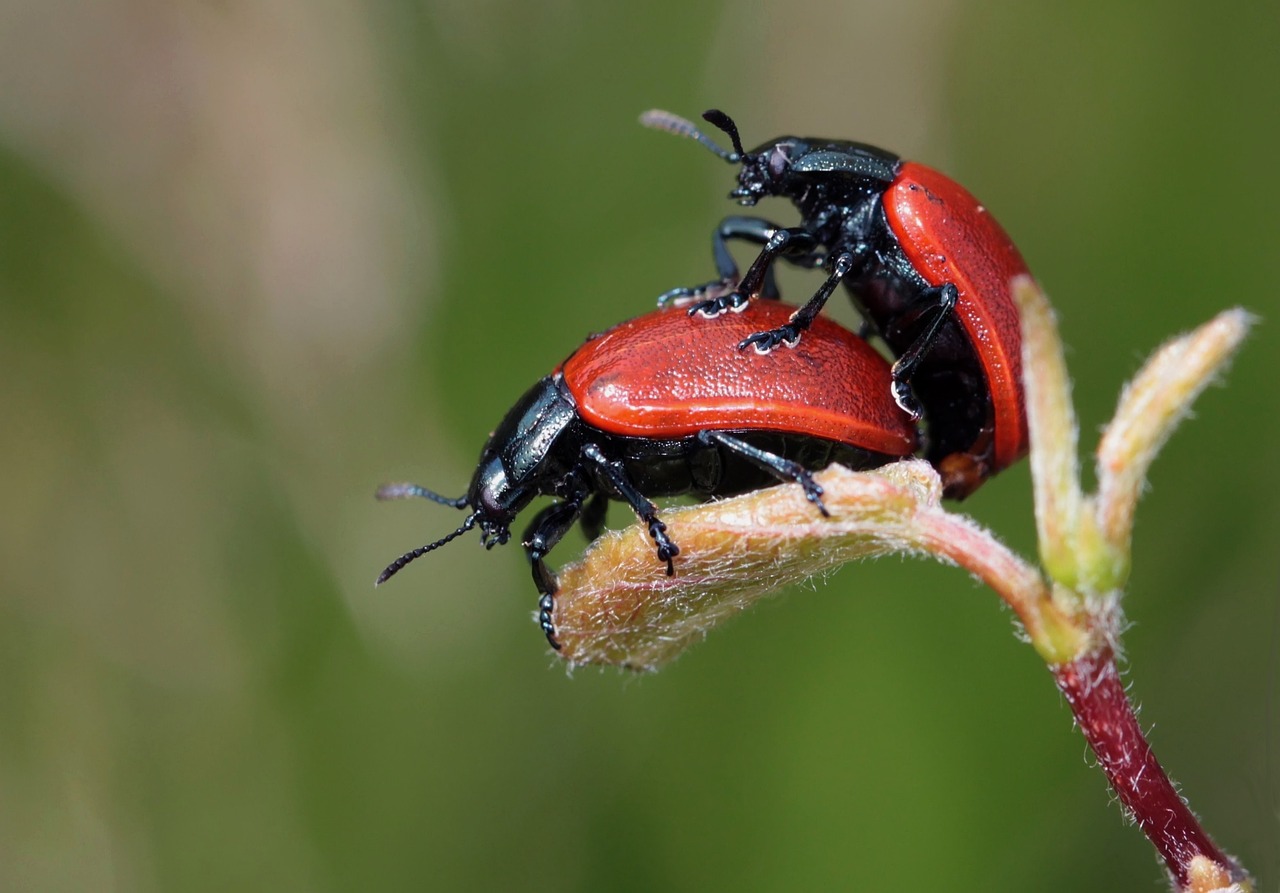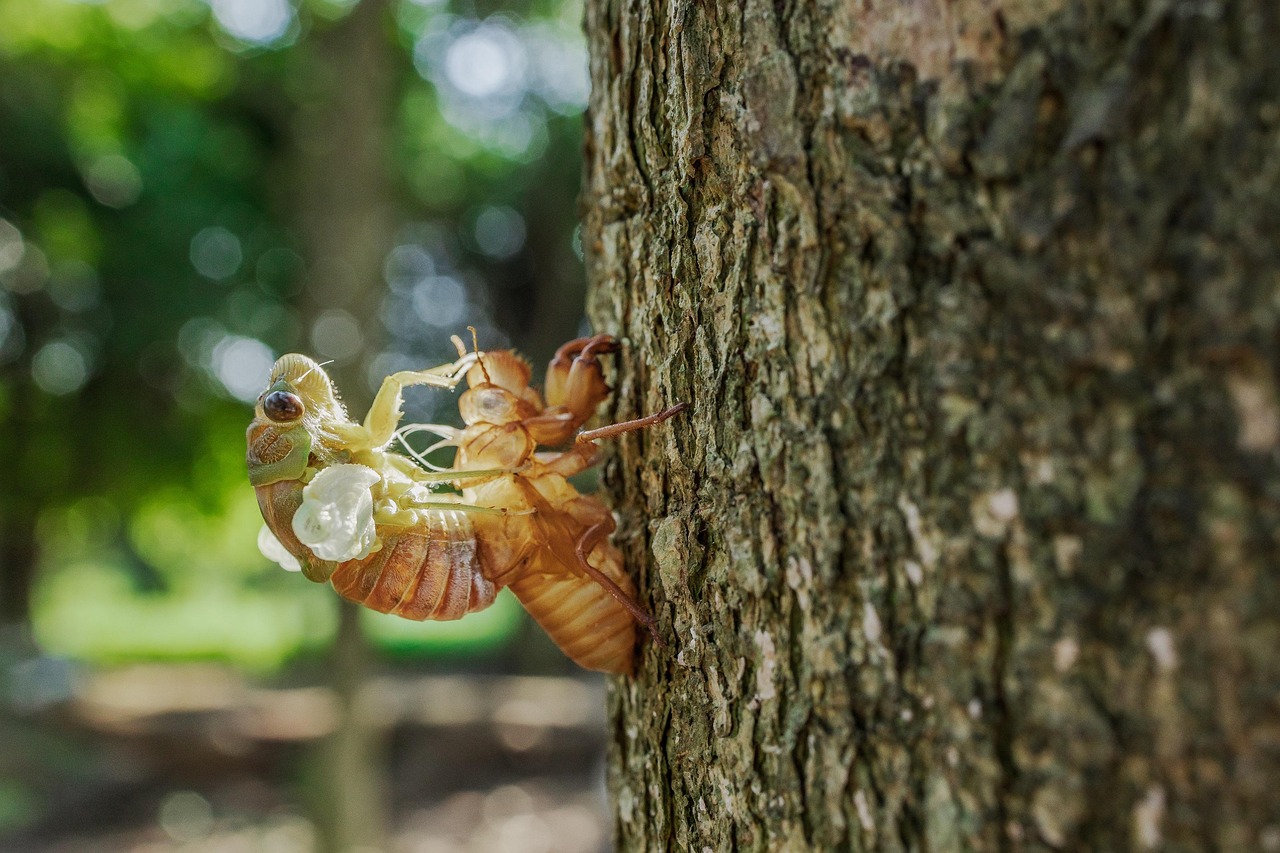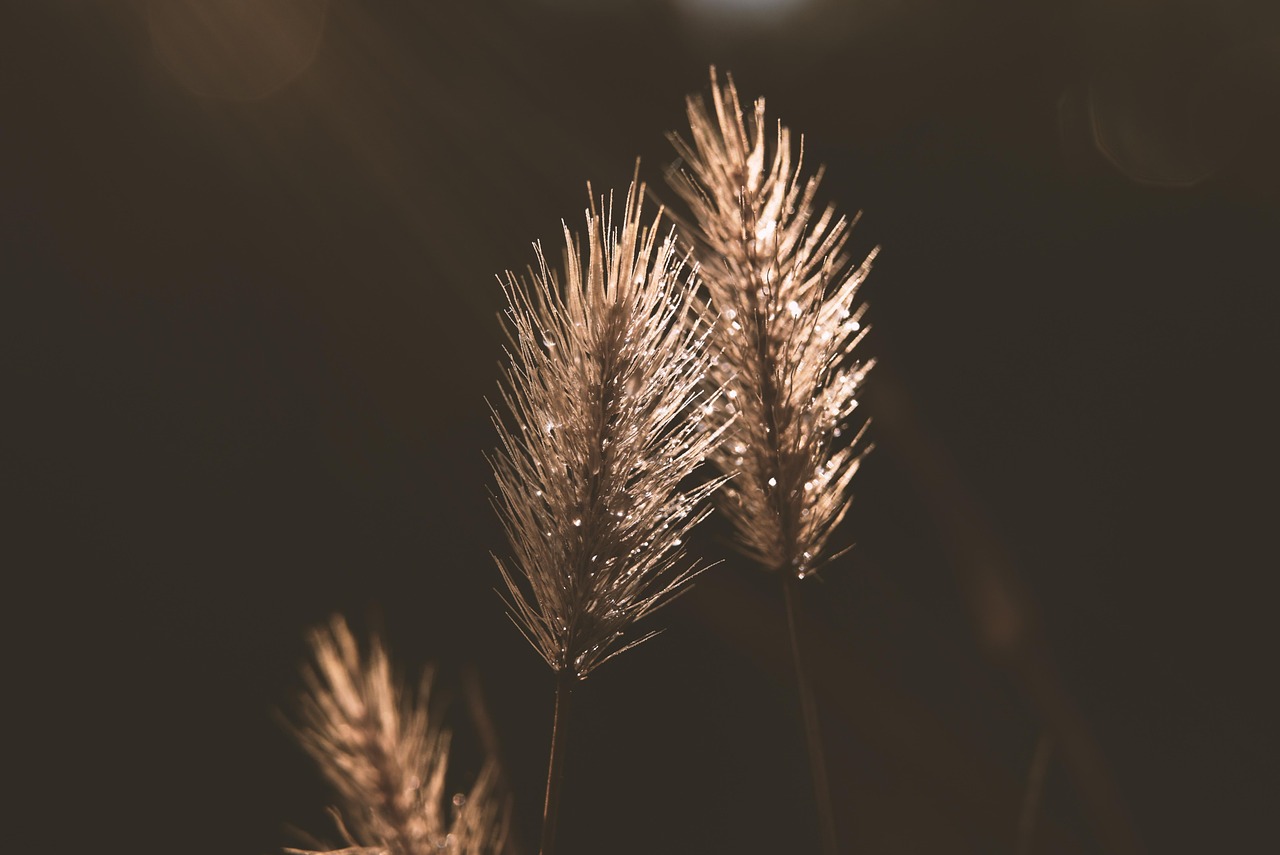The Western Hemlock tree primarily reproduces through seeds, which are produced in cones. These seeds are dispersed by wind and, to a lesser extent, animals. Additionally, Western Hemlocks can also reproduce vegetatively through layering and root sprouting.
The Western Hemlock (Tsuga heterophylla) is a significant conifer species native to the Pacific Northwest of North America. It thrives in moist, shaded environments, often found in mixed forests alongside other tree species. This tree is known for its tall stature, reaching heights of up to 200 feet, and its distinctive drooping branches adorned with flat, needle-like leaves. Understanding the reproduction methods of this tree is essential for conservation efforts and forest management.
Western Hemlocks exhibit a unique reproductive cycle that plays a crucial role in their life cycle and the ecosystems they inhabit. Their reproductive strategies allow them to adapt to changing environmental conditions, ensuring their survival and persistence within their native ranges.
Seed Production and Dispersal

Seed production in Western Hemlocks occurs in the form of small cones. These cones typically mature in late summer or early autumn. Each cone contains numerous seeds that are light and equipped with wings, facilitating their dispersal by wind. The seed dispersal process is vital for the establishment of new seedlings in suitable habitats.
Factors influencing seed production and dispersal include:
- Age of the tree: Mature trees produce more seeds compared to younger ones.
- Environmental conditions: Moisture and temperature play significant roles in seed viability and germination rates.
- Tree density: Higher densities can reduce seed production, as trees compete for resources.
The seeds of the Western Hemlock typically germinate in the spring after falling to the ground. They require specific conditions for successful germination, including adequate moisture and light. Once germinated, seedlings grow slowly at first but can establish themselves in shaded or semi-shaded environments, taking advantage of the forest understory.
Vegetative Reproduction
In addition to seed reproduction, Western Hemlocks have developed vegetative reproduction methods that allow them to propagate without seed formation. Two primary methods of vegetative reproduction include layering and root sprouting.
Layering
Layering occurs when branches of the Western Hemlock bend towards the ground and take root while still attached to the parent tree. This method is often observed in older trees where branches touch the soil. The rooted branches can eventually develop into independent trees, creating clusters of genetically identical individuals near the parent tree.
Root Sprouting
Root sprouting is another form of vegetative reproduction where new shoots emerge from the root system of an established Western Hemlock. This process allows the tree to regenerate after disturbances such as logging or fire. The new shoots can quickly grow into mature trees, helping to maintain forest cover.
Factors Influencing Reproductive Success
The reproductive success of Western Hemlocks can be influenced by various environmental factors:
- Soil quality: Nutrient-rich soils promote healthy growth and seed production.
- Moisture availability: Adequate water supply is crucial for seed germination and seedling establishment.
- Light conditions: While seedlings thrive in shaded areas, some light is necessary for optimal growth.
Understanding these reproductive methods is essential for effective forest management and conservation strategies. As climate change continues to impact ecosystems, knowledge of how Western Hemlocks reproduce will aid in preserving their populations and the biodiversity of the regions they inhabit.
Seed Characteristics and Germination Process
The seeds of the Western Hemlock are small, typically measuring about 2 to 3 millimeters in length. They are characterized by their flat, wing-like structures, which aid in wind dispersal. Understanding these characteristics is essential to grasping how this species successfully propagates in its native habitat.
Seed Structure
The structure of Western Hemlock seeds is designed for effective dispersal and germination:
- Wings: The winged structure allows for windborne dispersal, enabling the seeds to travel considerable distances from the parent tree.
- Seed Coat: The seed coat is relatively thin, which helps in the absorption of water during germination.
- Nutrient Supply: The seed contains stored nutrients that support early growth until the seedling can photosynthesize efficiently.
Germination Requirements
For successful germination, several environmental conditions must be met:
- Moisture: Seeds require consistent moisture levels to begin the germination process. Too much or too little water can hinder growth.
- Temperature: Optimal temperatures for germination usually range between 15°C and 20°C (59°F to 68°F).
- Light Exposure: While some seeds can germinate in darkness, light exposure can enhance the germination rates for Western Hemlocks.
The germination period typically occurs in spring when conditions are favorable. Once the seeds germinate, they develop into seedlings that require specific care to thrive.
Seedling Development and Growth
After germination, the seedlings undergo significant changes as they develop towards maturity. The first phase of growth involves the formation of roots and leaves.
Root System Development
The root system of a Western Hemlock seedling is crucial for its survival. Early root establishment helps anchor the seedling and absorb necessary nutrients and water from the surrounding soil.
- Taproot Formation: Initially, a strong taproot grows downward, providing stability and access to deeper moisture.
- Lateral Roots: As it matures, the seedling develops lateral roots that expand horizontally to gather resources.
Leaf Development
The leaves of Western Hemlock seedlings are needle-like and flat, which is characteristic of coniferous species. As the seedlings grow, they exhibit:
- Photosynthesis: The leaves enable photosynthesis, allowing seedlings to convert sunlight into energy.
- Shade Tolerance: Western Hemlocks are adapted to grow in shaded environments, making them resilient in dense forests.
Challenges Faced by Seedlings
Despite their adaptations, Western Hemlock seedlings face numerous challenges in their early life stages. These challenges can significantly affect their survival rates and overall population dynamics.
- Pest Infestations: Seedlings can fall prey to various pests, including insects that feed on young leaves and roots.
- Disease: Fungal infections can pose a threat to seedlings, particularly in moist environments where pathogens thrive.
- Competition: As seedlings grow in a forest environment, they often compete with other plants for light, water, and nutrients.
The combination of these challenges necessitates the need for effective management practices to ensure that Western Hemlock populations continue to thrive in changing ecological conditions. Understanding these factors also highlights the importance of maintaining healthy forest ecosystems where these trees can flourish.

Ecological Role of the Western Hemlock

The Western Hemlock plays a vital role in its ecosystem, impacting both the flora and fauna that coexist within its habitat. As a dominant tree species in the Pacific Northwest, it contributes to the biodiversity and health of forest ecosystems.
Forest Structure and Habitat
Western Hemlocks are typically found in mixed coniferous forests, where they thrive in moist, cool conditions. Their presence influences the structure and composition of these forests:
- Canopy Formation: As they grow tall, Western Hemlocks form a multi-layered canopy, providing habitat for various wildlife species.
- Understory Development: The shade created by mature Hemlocks allows for the growth of shade-tolerant understory plants, contributing to forest diversity.
- Soil Enrichment: The needle litter produced by Hemlocks decomposes slowly, adding organic matter to the forest floor and enhancing soil fertility.
Support for Wildlife
Western Hemlock trees support a wide range of wildlife, providing essential habitat and food sources:
- Bird Species: Many birds, including woodpeckers and owls, rely on Hemlocks for nesting sites and hunting grounds.
- Mammals: Species such as deer and squirrels use Hemlock forests for cover and food, while insects and fungi thrive in their nutrient-rich environment.
- Fungi Relationships: The roots of Western Hemlocks often form symbiotic relationships with fungi, which help in nutrient absorption and enhance tree health.
Threats to Western Hemlock Populations
Despite their ecological importance, Western Hemlocks face numerous threats that can jeopardize their populations and the ecosystems they support. Understanding these threats is crucial for conservation efforts.
Climate Change
Climate change poses significant risks to Western Hemlock trees through altered precipitation patterns and temperature changes. Key impacts include:
- Drought Stress: Increased temperatures can lead to drought conditions, negatively affecting seedling survival and growth rates.
- Pest Proliferation: Warmer climates can enhance the survival and reproduction rates of pests that target Hemlocks, such as bark beetles.
- Altered Forest Dynamics: Changes in species composition may lead to competition from invasive species that are better adapted to new climatic conditions.
Pests and Diseases
Pests and diseases can devastate Western Hemlock populations. Some notable threats include:
- Bark Beetles: These insects bore into the bark, disrupting nutrient flow and potentially leading to tree death.
- Root Rot Fungi: Various fungal pathogens can infect roots, leading to decline in health and ultimately tree mortality.
- Aphids and Spiders: These pests can weaken trees by damaging leaves and stems, reducing photosynthetic capacity.
Conservation Efforts for Western Hemlocks
Efforts to conserve and protect Western Hemlock populations are essential for maintaining healthy forest ecosystems. Various strategies are being implemented to address the challenges faced by these trees:
- Sustainable Forestry Practices: Implementing responsible logging practices can help preserve Hemlock populations while allowing for economic benefits.
- Monitoring Programs: Ongoing research and monitoring of pest populations and tree health are critical for timely intervention.
- Habitat Restoration: Restoration efforts focus on replanting Hemlocks and managing invasive species to support natural regeneration.
Through these conservation efforts, it is possible to enhance the resilience of Western Hemlock populations against the threats they face. Continued focus on habitat protection will benefit not only the trees themselves but also the diverse ecosystems they support.
Future Research Directions

As we continue to understand the complexities of Western Hemlock reproduction and its ecological significance, several areas of research are essential for developing effective conservation strategies. Future studies may focus on:
- Genetic Diversity: Investigating the genetic variation within Western Hemlock populations can provide insights into their adaptability and resilience to environmental stressors.
- Reproductive Biology: Detailed studies on the reproductive mechanisms, including pollination biology and seed dispersal patterns, can enhance our understanding of population dynamics.
- Climate Adaptation: Researching how different populations may respond to changing climates will help in selecting appropriate reforestation strategies.
- Interactions with Other Species: Studying the relationships between Western Hemlocks and other flora and fauna can inform ecosystem management practices.
By focusing on these areas, researchers can contribute valuable knowledge that aids in the conservation and management of Western Hemlock trees. This will ultimately support the health of forest ecosystems that rely on these trees for stability and biodiversity.
Community Involvement in Conservation
Engaging local communities in conservation efforts plays a significant role in the success of initiatives aimed at preserving Western Hemlock populations. Community involvement can take various forms:
- Education Programs: Providing information about the ecological importance of Western Hemlocks can foster a sense of stewardship among community members.
- Volunteering Opportunities: Involving local volunteers in tree planting and habitat restoration projects encourages community ownership of conservation efforts.
- Collaborative Research: Partnering with local universities and organizations can enhance research efforts while providing practical experience for students and community members.
By fostering a strong connection between communities and their natural environments, we can build a foundation for long-term conservation successes. This collaborative approach not only benefits Western Hemlocks but also strengthens community ties to their local forests.
Final Thoughts
The reproduction methods of the Western Hemlock tree are complex and multifaceted, encompassing both sexual and vegetative strategies. Understanding these methods offers crucial insights into the tree’s ecological role and its interactions with surrounding species. As climate change and other anthropogenic factors threaten their populations, it is imperative to implement effective management and conservation strategies.
The importance of Western Hemlocks extends beyond their individual existence; they represent a vital component of forest ecosystems that support diverse wildlife and contribute to regional biodiversity. Through sustainable forestry practices, active monitoring, habitat restoration, and community engagement, we can work towards preserving not only Western Hemlocks but also the intricate ecosystems they help sustain.
By continuing to invest in research, community education, and conservation efforts, we ensure that future generations will experience the beauty and ecological significance of the Western Hemlock tree. These trees stand as a testament to the interconnectedness of life within forest ecosystems, reminding us of our responsibility to protect these natural treasures.
